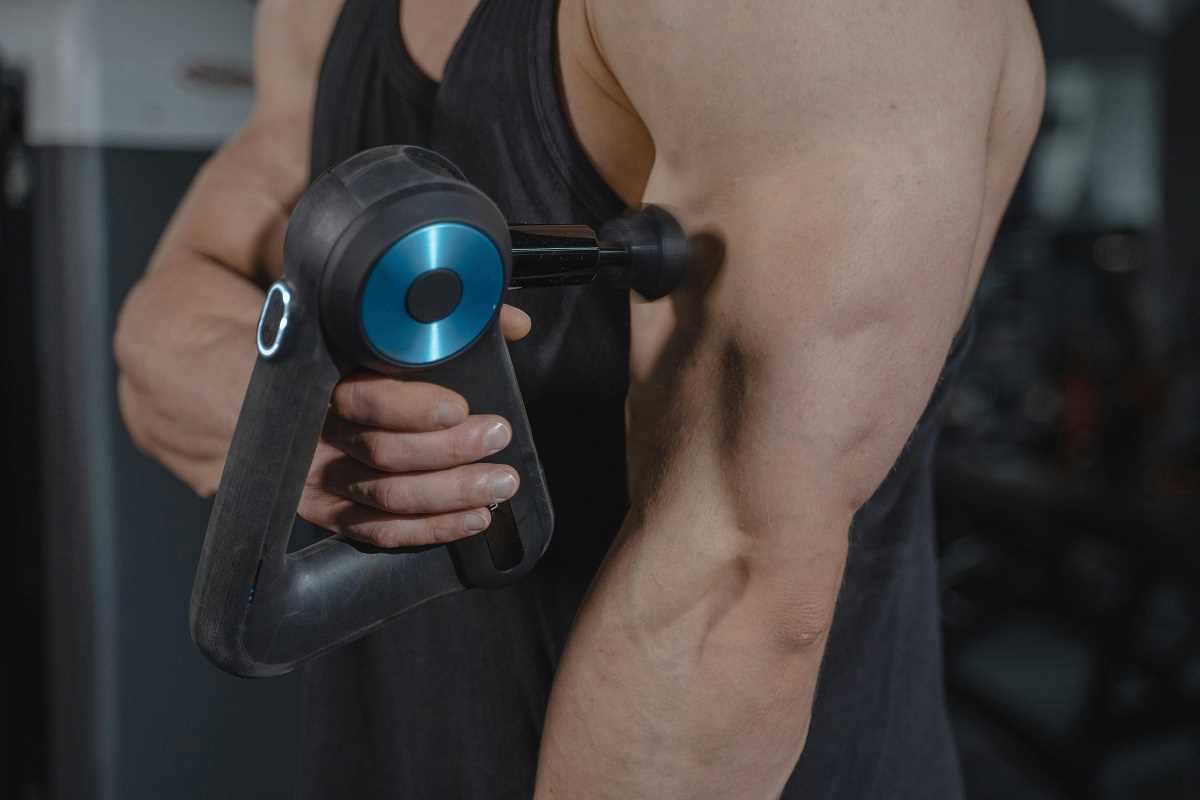High-intensity interval training, or HIIT, has revolutionized the way we work out. With its quick bursts of energy followed by short recovery periods, HIIT delivers incredible results in less time. But, if you’ve been at it for a while, your body may adapt, and those once-sweaty workouts might start feeling… too easy. Don’t worry—that just means you’re getting stronger! Now it’s time to step things up and push your limits with advanced techniques for scaling the intensity of your HIIT sessions.
Whether you’re a fitness enthusiast looking for your next challenge or simply ready to break through a plateau, here are actionable strategies you can use to elevate your HIIT game.
1. Apply Progressive Overload to HIIT
You’ve probably heard of progressive overload when it comes to strength training, but did you know the same concept works wonders in HIIT? Progressive overload involves gradually increasing the challenge to your muscles, cardiovascular system, or endurance, ensuring continued growth and improvement.
How to Do It
- Add More Rounds: If your usual HIIT circuit is 4 rounds, scale up to 5 or 6. Extra rounds mean more chances to push your heart rate and keep your body guessing.
- Increase Exercise Duration: Extend the duration of each work interval by 5–10 seconds. For example, if you’ve been doing 20-second sprints, try 25 or 30 seconds while maintaining top speed.
- Add Complexity: Replace basic movements like push-ups or squats with variations like clapping push-ups, pistol squats, or burpees with a tuck jump.
Mix up how you’re scaling to keep things fresh, but don’t try to do it all at once. Focus on one or two factors to avoid burning out.
2. Incorporate Resistance
HIIT isn’t just about cardio. Adding resistance to your intervals helps build muscle strength and makes each circuit feel exponentially harder—in the best way possible. Resistance also increases the intensity of your efforts, creating a dual benefit for muscle and cardio development.
Ideas for Adding Resistance
- Weights: Incorporate dumbbells or kettlebells into exercises like squats, lunges, weighted burpees, or thrusters.
- Resistance Bands: Use bands for glute bridges, lateral steps, or banded sprints to activate your muscles in new ways.
- Bodyweight Variations: Up the ante with single-leg burpees, push-up variations, or plyometric moves.
- Sled Pushes or Tire Flips (if available): Adding heavy, functional movements into HIIT is a surefire way to torch calories while building functional strength.
Pro tip: When using weights, start light and focus on maintaining proper form during intervals. Heavy resistance can amplify the intensity, but technique always comes first.
3. Adjust Work-to-Rest Ratios
One of the simplest ways to raise the intensity of any HIIT workout is by tweaking the work-to-rest ratio. By shortening your rest intervals or increasing work time, you’ll push your body to operate closer to its maximum capacity for longer periods.
Common Ratio Adjustments
- Standard Ratios (e.g., 1:2): 20 seconds work, 40 seconds rest.
- Moderate Intensity (e.g., 1:1): 30 seconds work, 30 seconds rest.
- Maximum Intensity (e.g., 3:1): 30 seconds work, 10 seconds rest.
If you’re transitioning to shorter rests, start slowly. Try shaving off just 5–10 seconds and assess how your body handles it. Eventually, you can strive for all-out efforts with minimal recovery.
For progress tracking, use a HIIT workout timer app that lets you customize timing intervals based on your required work-to-rest balance.
4. Incorporate Advanced Movements
Basic movements are great for beginners, but as you become stronger and more efficient, it’s time to evolve your exercises. Advanced or compound movements challenge more muscle groups while requiring more coordination, balance, and power.
Advanced HIIT Movements
- Plyometrics like box jumps, jump lunges, or explosive step-ups.
- Combination Exercises such as squat-to-press or burpee-to-pull-up.
- Animal Flow Moves like bear crawls, crab walks, or lateral ape hops for a functional challenge.
- Power Lifts like barbell cleans or snatches (ideal when transitioning between strength and cardio).
Adding these to your intervals significantly increases the challenge, but they require a certain level of skill. Practice the movements slowly during warm-ups before attempting them at HIIT speed.
A Sample Advanced Move for HIIT
Man-Maker Complex:
- Start in a push-up position holding dumbbells.
- Perform a push-up, then a row with each arm.
- Jump into a squat position and clean the weights to shoulder height, then perform a press overhead.
- Repeat for 30 seconds.
This full-body movement burns everything while building strength, power, and stamina!
5. Use Tools and Equipment
If you’ve been doing the same bodyweight HIIT workouts at home, adding external equipment could breathe new life into your routines. From gym staples to fun extras, there are tons of tools that can push you harder.
Equipment Ideas
- Battle Ropes for arm-burning, total-body cardio.
- TRX Suspension Trainer for pulling exercises or single-leg drills.
- Rowing Machines or Assault Bikes to spike your heart rate up quickly.
- Plyo Boxes for explosive jumps or elevated exercises.
For at-home setups, invest in basics like a pair of adjustable dumbbells, resistance bands, or a jump rope. Each piece you add unlocks new layers of intensity.
6. Mix in Active Recovery Intervals
Instead of fully resting during recovery periods, try incorporating low-intensity or "active recovery" movements to keep your body engaged while giving your heart rate a chance to drop slightly.
Example Low-Intensity Movements
- Light jogging or marching in place.
- Mobility work like hip circles, lunges with a twist, or shoulder rolls.
- Holding a plank (if you’re feeling brave).
Active recovery intervals keep your system working, making your next work interval feel extra challenging.
7. Keep It Variable
One of the biggest keys to success in HIIT is variety. Not only does variation keep workouts exciting, but it also prevents your body from plateauing. Experiment with different circuit styles, rep patterns, intensities, and even workout settings to keep things interesting and challenging.
Examples of HIIT Variations
- EMOM (Every Minute on the Minute): Perform a set number of reps in the first half of the minute, then rest for the remainder of the time. Start the next movement at the top of the next minute.
- Tabata Intervals: 8 rounds of 20 seconds all-out effort followed by 10 seconds of rest. Short, but brutal.
- Circuit Training: Rotate through 4–6 exercises for a set time (e.g., 40 seconds each), then rest and repeat.
- Pyramid Workouts: Gradually increase work time in each round, then scale back down.
Switch things up weekly or bi-weekly to hit your body from new angles and ensure consistent progress.
Final Thoughts
HIIT workouts are designed to challenge you, but if you’ve been coasting, it’s time to ramp things up. Scaling intensity by incorporating progressive overload, resistance, advanced movements, and customized rest-to-work intervals ensures you’ll continue smashing your goals while pushing your mental and physical limits.
 (Image via
(Image via





